Does Bankruptcy Clear Taxes & All Other Debt in Canada?
Get the Answers to Your Common Bankruptcy Questions
Does Bankruptcy Clear All Debt In Canada? What Cannot Be Wiped Out By Bankruptcies?
Bankruptcy does not clear all debt in Canada. It can wipe out most forms of unsecured debt such as credit card debt, unsecured loans, lines of credit, overdrafts, and government taxes owed to the CRA, but it can’t touch loans that are secured by an asset such as a vehicle or property. So car loans and mortgages survive bankruptcy. Student loans that are less than 7 years old also can’t be included in a bankruptcy. However, if student loans are between 5 and 7 years old, there could be the possibility that a bankruptcy trustee could make a hardship application to have them included. Other debts that survive bankruptcy include court fines, registered judgements, government overpayments, and child support.
Bankruptcy can eliminate many common forms of debt but not all. It also has lingering effects that should be considered carefully before moving ahead with this option.
If you’re wondering if you might need to go bankrupt if things continue as they are for your financial situation, we strongly recommend that you speak with one of our credit counsellors. Speaking with them is completely confidential and free of charge. No one will ever know you spoke with one unless you tell them. They can help you objectively look at your situation and come up with a plan to help you avoid bankruptcy and get back on track to accomplish your financial goals. If it looks like bankruptcy is your best option, then they will let you know and refer you to a reputable, government licensed bankruptcy trustee. They can also let you know whether or not options such as a Consumer Proposal or Debt Management Program might be viable options for your situation.
How Long Do Bankruptcies Last In Canada?
When someone files for bankruptcy in Canada, a judge sets the length of time that they will have to go through the bankruptcy process. This period of time is usually 9 months but can stretch out to as long as 21 months if the judge believes this is appropriate. During this time, all the individual’s surplus income is sent to their creditors (surplus income is determined by an official schedule that takes one’s income and family size into consideration) plus some of their assets may be sold.
The 9 to 21 month time-frame only applies the first time someone declares bankruptcy. Subsequent times may be longer. Once this period of time has officially ended, the individual is said to be “discharged” from bankruptcy. While the official process ends at this point, the effects linger. The debts that were written off (forgiven) by creditors during the bankruptcy will now report on the individual’s credit report for 6 years with the worst rating possible. This will make it difficult for the individual to obtain credit during this time. A permanent record of the bankruptcy will also be kept on file by the courts and is publicly searchable online.
So to answer the question directly, the bankruptcy process lasts 1 to 2 years, the effects on credit last another 6 years, and the record with the courts lasts forever.
Is There A Difference Between Bankruptcy And Insolvency?
When someone is no longer able to pay their bills and meet their financial obligations, they are said to be insolvent. In Canada, there is government legislation designed to help individuals who are insolvent. It’s called the Bankruptcy and Insolvency Act. This Act provides a number of ways for individuals to deal with their debts. Two of the well-known methods it permits are called bankruptcy and consumer proposals. So insolvency is a general term and concept while bankruptcy is a specific remedy to the problem of insolvency.
How Much Do You Pay Monthly For Bankruptcies?
The minimum cost to filing for bankruptcy is $200 per month, but it can easily be a whole lot more. Here’s how it works. The basic cost to file for bankruptcy with a government licensed trustee is a minimum of $1,800, and the shortest length of time someone can spend in bankruptcy is 9 months. So $1,800 divided by 9 months works out to $200 per month. However, the judge who presides over the bankruptcy proceedings can choose to extend the repayment period for up to 21 months if he or she so chooses.
In addition to the base cost of bankruptcy, during the 9 to 21 month bankruptcy process, all of an individual’s surplus income over the amount allowed by an official schedule (that takes their income level and family size into account) is sent to their creditors as partial repayment of their debts. What this means is that for an individual with a high income, bankruptcy will be much more expensive than it will be for someone with a low income. So the amount someone will pay each month for bankruptcy will vary according to their income level and the length of time the judge requires them to pay. If you don’t feel you can afford the cost of going bankrupt, speak with a non-profit credit counsellor. They can help you look at viable alternatives.
One last cost of bankruptcy that shouldn’t be left out of this discussion is the sale of assets. All of an individual’s non-exempt assets will be sold and the proceeds distributed to their creditors. This, however, is not a monthly cost but rather a one-time process carried out by a Licensed Insolvency Trustee (bankruptcy trustee).
Can You Own Property After Bankruptcies?
You can own property after bankruptcy. However, other alternatives to bankruptcy may get you there sooner.
Yes, you can own property after bankruptcy. Previous bankruptcies do not prevent someone from owning property. Bankruptcy records with the court are not relevant to the purchase of property. What can be very difficult, however, is obtaining a mortgage to purchase property in the 6 years following a bankruptcy. During this time, the records of all debts written off during the bankruptcy are recorded on one’s credit report with the worst possible notation and rating. This makes it extremely difficult for someone who has been bankrupt within the past 6 years to obtain a mortgage from a regular bank or credit union. To work around this issue, this individual would need to either have a co-signer with very strong credit or find a private lender who is willing to overlook the issue (but that could be very challenging and costly).
Does The Government Pay For Bankruptcies?
No, the government does not pay for bankruptcies. The individual or business filing for bankruptcy does. The only thing the government pays for is the government agency that oversees and regulates bankruptcy and insolvency in Canada, the Office of the Superintendent of Bankruptcy (OSB).
Can You Get Good Credit After Bankruptcies?
Yes, you can get good credit after bankruptcy, but you have to wait more than 6 years for this to happen. You can accelerate the process by obtaining a cash secured credit card or a cash secured loan to help rebuild your credit, but these will only be of marginal benefit until the majorly derogatory notations left on your credit report from the bankruptcy are removed 6 years after you are discharged from bankruptcy (this happens 9 to 21 months after you file for bankruptcy if you follow the process and complete all its conditions). Once this super negative information is dropped from your credit report 6 years after your discharge from bankruptcy, your credit will rebound rapidly if you have good things reporting on your credit bureau such as a cash secured credit card, loan, or cell phone plan. You could also have someone add you as an authorized user on their credit card. This could possibly also help. Once your bankruptcy information is erased from your credit report, you are basically starting fresh with a clean slate. You are then able to rebuild your credit score without any impediments.
How Fast Can You Come Back From Bankruptcies?
From a credit perspective in Canada, it takes well over 7 or 8 years to come back from bankruptcy (9 to 21 months for the bankruptcy process and then 6 years until all bankruptcy info is removed from their credit reports). However, there are things that can be done to work around the restrictiveness caused by the terrible credit that results from bankruptcy. These work-arounds are not easy or convenient but some are possible. These could include obtaining a cash secured credit card or a cash secured loan (to rebuild credit). It’s possible that some lenders could allow someone with a record of bankruptcy on their credit report to apply for a vehicle loan or mortgage if they have one or more highly qualified co-signers. Another way of obtaining credit and improving one’s credit would be to become an authorized user on someone else’s credit card. This could be one’s partner or a friend or family member. This person would essentially be guaranteeing the card because if anything bad should happen, this person would be responsible.
Is It Hard To Get Credit After Bankruptcies?
Yes, it is very difficult to get credit after bankruptcy. In Canada, the bankruptcy process takes 9 to 21 months, and then if you did everything you were supposed to do during the process, you will be discharged from bankruptcy. Once this discharge happens, the countdown begins for when all derogatory information from the bankruptcy will be erased from your credit report. Unfortunately, you have to wait for 6 years for this to happen (and then it should take place automatically after the 6 years are up). During this time, it is extremely difficult to obtain credit. One reason is that a notation is placed on your credit report stating that you filed for bankruptcy. This notation freaks creditors out, but that’s not the only problem. The bigger problem is that almost all lending to consumers is based on their credit score. All debts that are included in a bankruptcy are assigned the worst rating possible (because the debt was not repaid as agreed and instead was written off as unpaid and will never be repaid). Having this rating on one debt will tank someone’s credit score, but having this rating on multiple debts, completely kills someone’s credit score.
With a terrible credit score, someone cannot qualify for any normal lending product such as credit cards, loans, line of credit, overdraft, or a mortgage. However, there can be ways to sort-of work around this. One way would be to obtain a cash secured credit card. With one of these, you put cash on deposit as security (a guarantee) for the credit limit that the lending company grants you. So if you want a credit limit of $1,000, then you would put down a $1,000 deposit as security for that credit limit. You would then get your $1,000 back in the future when you decide to close the card. However, while you have the card, it would report to the credit bureaus as any other credit card would and helps to slowly rebuild your credit. A card like this could also be used for hotel deposits when traveling. To obtain a car loan or mortgage during the 6 years following bankruptcy would require a highly qualified co-signer if a lender will allow this.
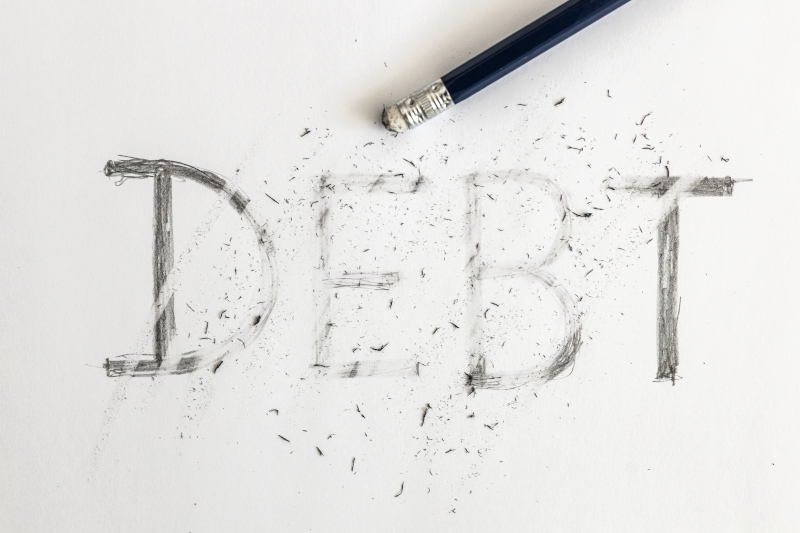
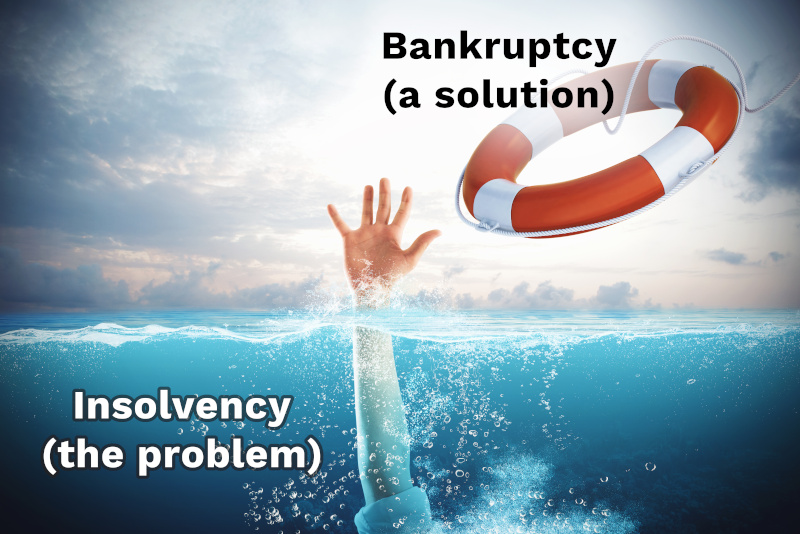

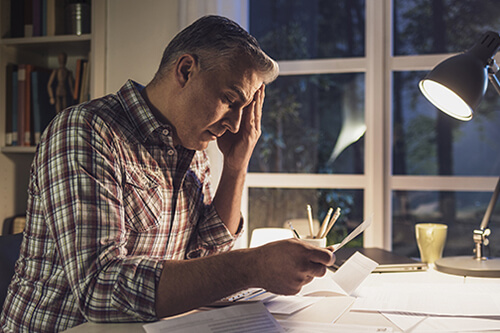

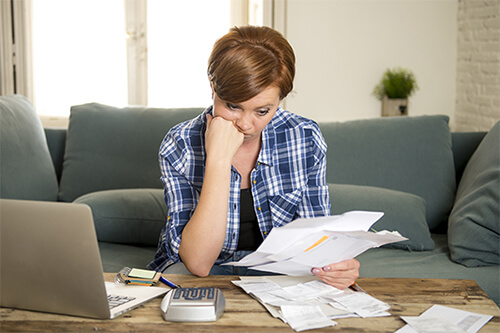
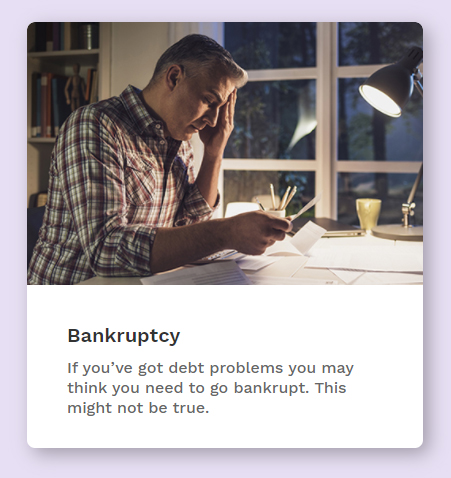
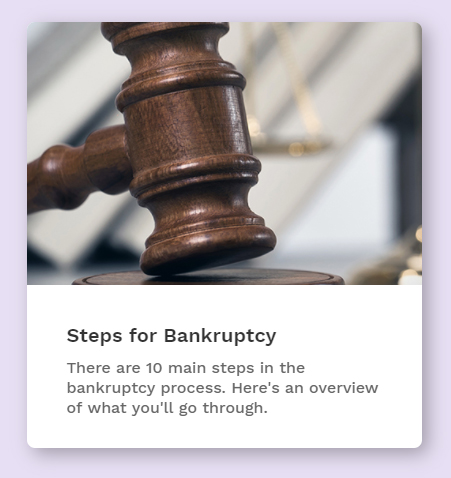
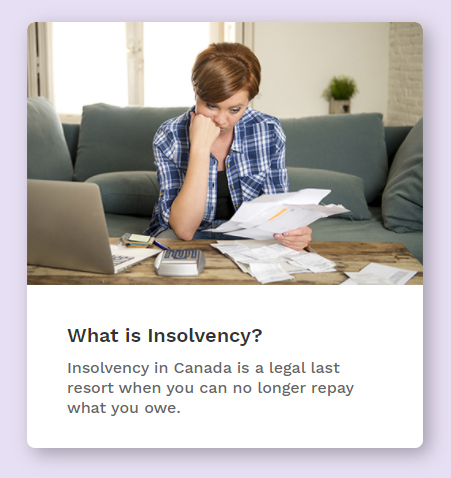

My wife is self employed. Due to our poor book keeping and taxes, we owe $100,000.00 to the CRA. They have been garnishing her wages, and we have been trying to pay back but we see no end. We are thinking we might need to declare bankruptcy. Do you think you can help us please?
Hi Wayne,
Thanks for leaving your comment. Based on what you’ve shared, it looks like you’d need the services of a Licensed Insolvency Trustee. However, before going down that path, we’d suggest speaking with one of our credit counsellors first to get their take on your financial situation. If there is a way to turn your situation around without having to go with one of the insolvency options, they’ll let you know and give you a rough idea of what that would look like. In the end, if filing a consumer proposal or bankruptcy are your most realistic options, that will become clear in your conversation with the credit counsellor and then they can provide you with the names and contact information of some good trustees located in your area. To speak with one of our credit counsellors, give us a call at 1-888-527-8999.